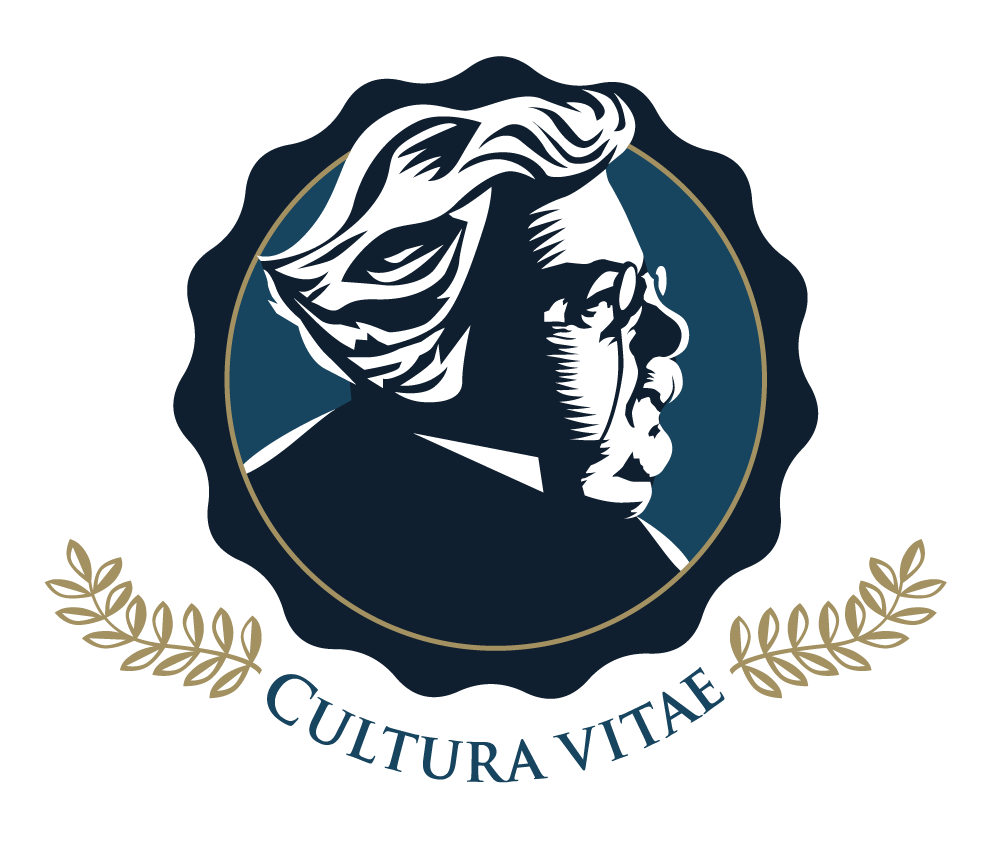History 09 - Ancient History
In this panoramic sweep of the foundations of Western civilization, students follow a timeline and order that covers vast amounts of territory and 3,500 years of ancient history. During this period of empires and epics, art and architecture, new inventions and social structures, students are introduced to the fundamental elements of culture. They enter the worlds of ancient civilizations and encounter the events, people, and accomplishments that have echoed throughout the centuries. Beginning with ancient Mesopotamia, students are led through the complex worlds of ancient Egypt, India, Persia, Greece, and Rome. In what ways were these civilizations different from each other and from our own? What part did they play in making us what we are today? It is the task of this introductory course to invite students to enter a world both vastly different from our own and yet paradoxically ever so similar.
History 10 - Early Medieval History
Far from being a time of darkness as many have come to think of the Middle Ages, Medieval history plays a vital role in our understanding of the world today. The Medieval period from the time of Christ through the High Middle Ages is a fascinating worldof flourishing culture from art, politics, warfare, literature, education, and science. It is during this age that we see the rise of soaring Cathedrals, new naval engineering, a grand synthesis of faith and reason, and the thriving of new arts and culture. Whether students are exploring the vast world of Byzantium, the Carolingian Dynasty, or the rise of Islam, they will be awed by the events of history and delighted to find just how connected and similar they are to our own world today.
History 11 - High Middle Ages to Renaissance History
History 12 - Modern History
Directly setting the stage for our own day, this course explores the complex and often misunderstood world of the High Middle Ages and the Renaissance. We witness in this period the fracturing and ultimate dividing of a unified Christendom leading to what would eventually become a dramatic division along religious and political lines. This is the world in which we witness the rise of influential figures such as Genghis Khan, Louis XIV, St. Dominic and St. Francis, and Martin Luther. Students in this course will find that many of the conventional historical ideas and concepts in the wider culture can often obscure as much as they reveal. They will find that only when we put aside societal biases and misconceptions can we gain a more accurate and truer view of history and, indeed, of our very selves.
In no other time period perhaps can we witness such vast and sweeping changes in government, technology, and the way people think and live. In a relatively short length of years, we witness the near complete transformation of every continent on the globe. Whether by social upheaval, world war, mass genocide, or revolutionary technology, the Modern period can be defined in some ways by its distinct break with the past while simultaneously forgetting just how much we have in common. By studying such events as the Industrial Revolution, the founding of America, World War II, and the cultural revolutions of the 1960’s and 70’s students are able to bring into greater focus where we’ve been, where we are, and where we’re headed.
